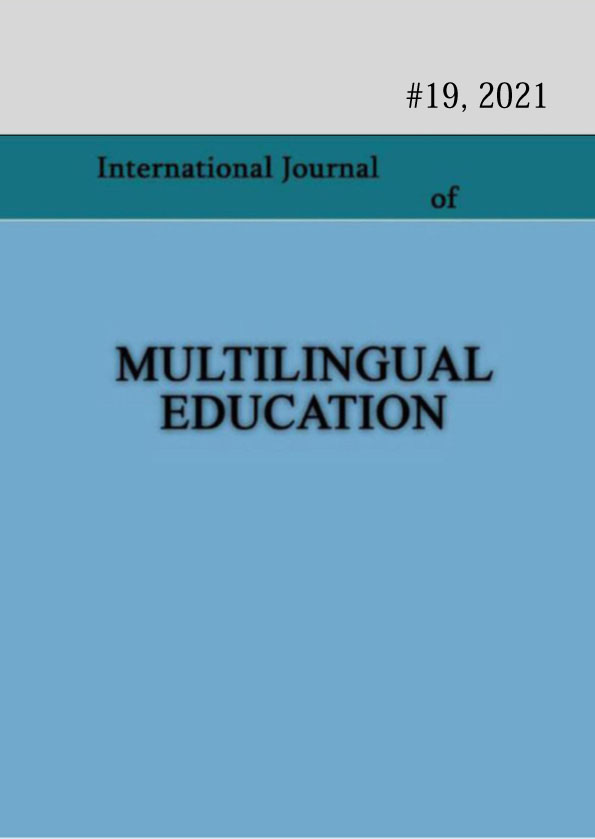Teaching a Second (Foreign) Language in Diverse Classes
Keywords:
Second Language, Foreign Language, Teaching, Diversity, Bilingualism, Multilingualism, Phonetics, Morphology, Syntax.Abstract
In diverse classes, that is, in classes in which multilingual students study, the difficulties that accompany the teaching of a second language (foreign language) should be taken into account. In schools where the Ossetian language is taught, Georgians learn this language together with Ossetian children. It is known that the Ossetian language belongs to the group of Indo-European languages and, naturally, differs from the Caucasian languages, although there are some similarities between them. This difference concerns both phonetics, morphology and syntax. In this work, we will touch upon some morphological and syntactic peculiarities, which should be known and taken into account when studying/teaching this language in diverse classes. In order to better guide the teaching/learning process, this work will analyze the ways and methods of overcoming grammatical difficulties. It should be taken into account the circumstance that in most Indo-European languages there is no category of behavior and contact. Comparative methods explain some of the characteristics of verbs, verbal nouns, prepositions, and other categories. In addition to theoretical material, the work will take into account practical exercises that will be of interest to both teachers and students.
References
Abaev V. (1970) - A short grammatical sketch of the Ossetian language in the book Ossetian- Russian dictionary, Ordzhonikidze, 1970.
Akhvlediani G. (1968) - Grammar of the Ossetian language, vol. I, edited by prof. G.S. Akhvlediani, Ordzhonikidze, 1968.
Bepievi N. (2017) - Practical Grammar of the Ossetian Language, Tbilisi, 2017.
Gabaraev N. (1987) - Габараев Н. Я. Ирон æвзаг, ахуыргæнæн чиныг 5-6 кълæстæн, Цхинвал,
1987.
Medoiti B. (2003) - Медойты Б. Г., Нырыккон ирон æвзаг морфологи, Цхинвал, 2003. Shanidze A. (1969) - აკაკი შანიძე, ქართული ენის გრამატიკა, ტ. I. თბილისი, 1969.
Published
How to Cite
Issue
Section
License
Copyright (c) 2021 Naira Bepievi

This work is licensed under a Creative Commons Attribution-NonCommercial 4.0 International License.
Copyright (c) - Authors who publish with this journal agree to the following terms: Authors retain copyright and grant the journal the right of first publication with the work simultaneously licensed under a Creative Commons Attribution-Noncommercial 4.0 International License, which allows others to share the work with an acknowledgement of the work's authorship and initial publication in this journal. Authors are permitted and encouraged to post their work online (e.g., in institutional repositories or on their personal website) prior to and during the submission process, as it can lead to productive exchanges, as well as earlier and greater citation of published work (see The Effect of Open Access). Authors may enter into separate, additional contractual arrangements for the non-exclusive distribution of the journal's published version of the work (e.g., post it to a repository or publish it in a book), with an acknowledgement of its initial publication in this journal.

